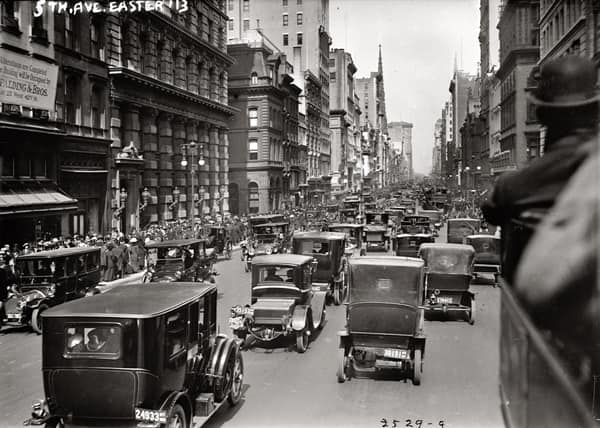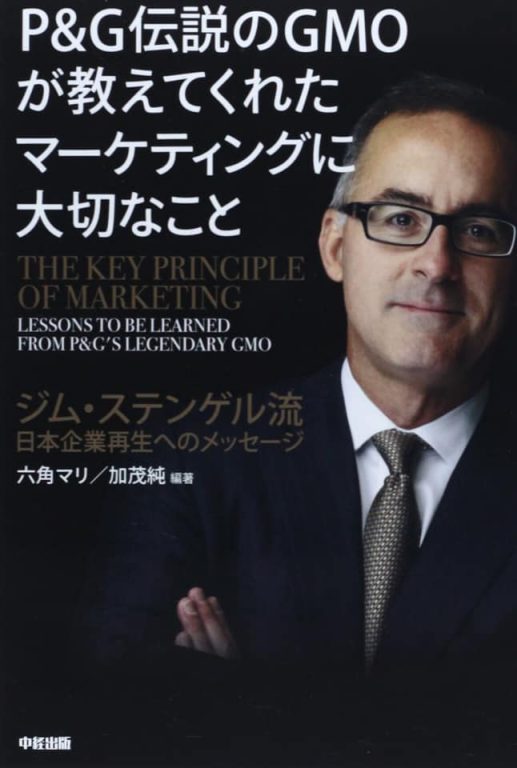100 Years of Marketing : From Mass Production to D2C

He has been in marketing for a long time.
Every era has its own fads and fashions, but nowadays, if you don’t start D2C (Direct to Consumer), you will be a “latecomer”.
In 1908, the American Ford Motor Company launched the Model T Ford, the world’s first mass-produced automobile. The channel promotion conducted at this time was the world’s first marketing.

Over the next 100 years, the marketing world has taken advantage of the new media that have emerged to accompany the new technologies.
When I entered the workforce in 1989, television was in its heyday, and I was fortunate enough to work as a production manager on a commercial for Coca-Cola, which could be considered a representative of that era. I was given the opportunity. If you made a good commercial, your product sold like hotcakes. There was a clear gap between companies that could make national commercials and those that could not.

↑up1988. The author is second from the left. To his right is Koh Sakata (McCann-Erickson Hakuhodo).
Then came the 21st century and the introduction of the “gara-kei” (mobile Internet) in Japan. Globally, the development was PC-centered, but with the advent of the smartphone (iPhone) in 2010, mobile media became mainstream.
When mobile carriers introduced a flat rate system (2003), they began to offer not only paid content like i-mode, but also free, ad-supported delivery. However, most of the clients were dating or adult content….
In 2006, I launched a dedicated mobile media outlet with P&G, one of the world’s largest clients, with great success.
◆Sony Pictures Entertainment in collaboration with P&G
Launched Hitoto, a free mobile magazine!
https://www.sonypictures.jp/corp/press/2007-03-13

In 2009, P&G’s CMO Jim Stengel (the world’s first CMO), the god of marketing, presented the Award of Excellence at the company’s Cincinnati headquarters. I was given a
◆”Let’s talk about real brand philosophy” Jim Stengel
https://www.amazon.co.jp/dp/B00CPKUY8G

From there, social networking services have emerged, and influencers (KOLs) such as YouTubers and Instagrammers can have their own strong media. The time has come.
The TV recession became clearer with Corona. Dramas could not be recorded, and new dramas were not made on repeat. Talent cannot make an “impression” unless they appear in dramas, so their use in commercials is decreasing.
In recent years, some talents have established YouTube sites and studied ways to extend their social networking sites. We see this as part of the trend that many talents have left major agencies and set up their own agencies in the past year. TV is not the only way to survive.
Unfortunately, the TV industry has long been a closed society, working only on an “I you” basis, oblivious to the rapidly changing tastes of society. The same is true for the rest of the world.
In the gap, social networking stars began to gain a large presence and public support.
Social networks offer a much cheaper way to launch media than television media, such as TicTok. You can get a million viewers by making an interesting video even if you have no followers. It is possible to do so.
◆Most profitable TikTok star, 500 million in annual income at age 19, Forbes’ first ranking.
https://forbesjapan.com/articles/detail/36329
Studious clients use those influencers and ad tech (AI auto-generated ads like Wall Street deals) to achieve great marketing with inexpensive ad spend. The effect is being achieved.
Although the heyday of television was long, it lasted only a little more than half a century, from 1960 to 2020.
Clients have shifted from marketing activities that were once based on mass production and mass consumption, with the expectation of greater effectiveness from larger media, to branded activities that will be loved by consumers for a long time. There is a shift toward product development and the development of high value-added products even in small quantities.
But even major clients cannot rest on their laurels. Some influencers these days no longer even do client work. Being closest to consumers, they have started planning and developing their own products, promoting and selling them themselves. Countless private products have been developed.
I heard the other day that “The Three Musketeers of Hella Hella” and others are waiting six months or more for a client to request work.
https://www.youtube.com/channel/UCI0xPNkgivK-FCcaCYDC8Yg

Tanaka Desu” launched a related commerce business from the frame of selling baked potatoes, and the products sold out immediately.
https://tanakadesu.theshop.jp/items/28395166
Genji is so popular that it has been called the “Japanet Takata” of smartphones!
https://www.youtube.com/channel/UCXrp0H7BPBHx2YTYMiiKEAA
Of course, the scale of the product is not comparable to the scale of products made by major clients, but even influencers with about 300,000 followers can earn between 30 and 50 million yen a year. The company is earning ゙30,000. It is a change in the way talent works.
Society is no longer established solely by large corporations, including both Kraian and the media.
Even on a small scale, if you can accurately grasp the needs of society and enrich it, that is a new society that can be established. I guess it is becoming ゙ possible.
* D2C refers to a system whereby products planned and manufactured by the company are sold directly to consumers through an e-commerce site created by the company, without involving retailers or other parties.
In the midst of an advertising slump, media companies’ “commerce business” is a saving grace: “It’s becoming the driving force behind the business.
https://digiday.jp/publishers/how-a-new-order-of-commerce-is-increasingly-coming-to-the-rescue-for-publishers-with-advertising-challenges/





